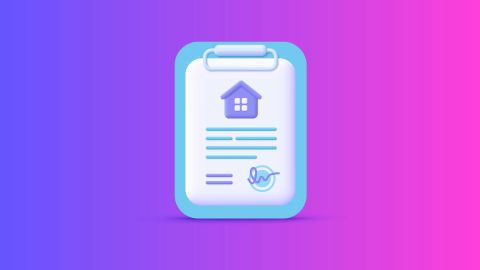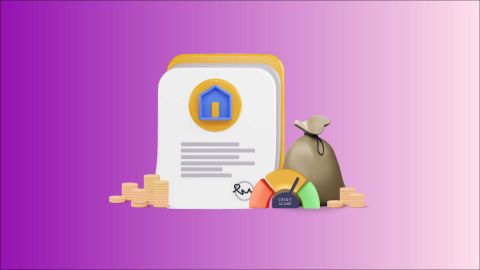The cost of borrowing through a home loan in India is shaped by several important factors. With the Reserve Bank of India announcing multiple repo rate cuts recently, many banks and lenders are now offering home loans at lower rates, making affordable housing financing a real possibility.
For instance, Bajaj Finserv home loan interest rates are influenced by details such as your credit history, CIBIL Score, monthly income, and proof of employment. A strong repayment track record and steady earnings often help borrowers secure better rates, while weaker financial indicators can result in higher borrowing costs.
Current home loan interest rates start at 7.45%* p.a
Bajaj Finserv offers affordable home loan interest rates starting at just 7.45%* p.a for salaried individuals. For self-employed applicants, the current interest rate begins at 7.85%* p.a. You can also benefit from a high loan sanction of up to Rs. 15 Crore**, with minimal documentation, fast processing, and instant approval.
If you are planning to buy your dream home, understanding your loan eligibility can help you make informed financial decisions. With Bajaj Finserv offering competitive rates starting at 7.15%* p.a, check your eligibility for a home loan from Bajaj Finserv today. You may already be eligible, find out by entering your mobile number and OTP.
Home loan type |
Current Home Loan Interest Rates (p.a.) |
Home Loan interest rates for salaried applicants
|
|
Home Loan |
7.45%* to 18%* p.a. |
Home Loan (Balance Transfer) |
7.55%* to 18%* p.a. |
Top-up Loan |
8.55%* to 10.40%* p.a. |
Home Loan interest rates for self-employed applicants
|
|
Home Loan |
7.85%* to 18.00%* p.a. |
Home Loan (Balance Transfer) |
8.25%* to 18%* p.a. |
Top-up Loan |
8.95%* to 10.85%* p.a |
Home Loan interest rates for professional borrowers
|
|
Home Loan |
7.55%* to 18%* p.a. |
Home Loan (Balance Transfer) |
7.65%* to 18%* p.a. |
Top-up Loan |
8.65%* to 10.45%* p.a. |
Home loan interest rates by credit score
Get home loan rates based on your credit score, with personalised options designed to match your financial needs.
Credit score |
Salaried customers |
Self-employed customers |
800 |
7.15%* to 18%* p.a. |
7.75%* to 10.65%* p.a. |
750 – 800 |
7.15%* to 18%* p.a. |
7.75%* to 10.65%* p.a. |
Other charges applicable on home loans
Besides the regular EMIs and interest, several other charges apply to home loans. It's crucial to be aware of these costs to avoid unexpected financial burdens during the home loan journey.
Type of fee |
Applicable charges |
Processing fees |
Up to 4% of the loan amount + GST as applicable |
Penal charge |
Click here to know about the penal charges. |
Planning your home purchase budget involves factoring in all associated costs, not just the property price. To ensure you secure the best possible terms and rates for your home financing needs, check your loan offers with Bajaj Finserv. You may already be eligible, find out by entering your mobile number and OTP.
Home loan EMI bounce charges
Bounced home loan EMI charges in India generally consist of a flat penalty fee, late payment interest, and GST. These charges apply when an EMI fails due to insufficient funds, technical issues, or incorrect bank details.
Loan amount |
Charges |
Up to Rs. 15 lakh |
Rs. 500 |
More than Rs. 15 lakh and up to Rs. 30 lakh |
Rs. 500 |
More than Rs.30 lakh and up to Rs. 50 lakh |
Rs. 1,000 |
More than Rs.50 lakh and up to Rs. 1 crore |
Rs. 1,000 |
More than Rs.1 crore and up to Rs. 5 crore |
Rs. 3,000 |
More than Rs. 5 crore and up to Rs. 10 crore |
Rs. 3,000 |
More than Rs. 10 crore |
Rs. 10,000 |








